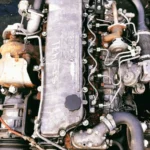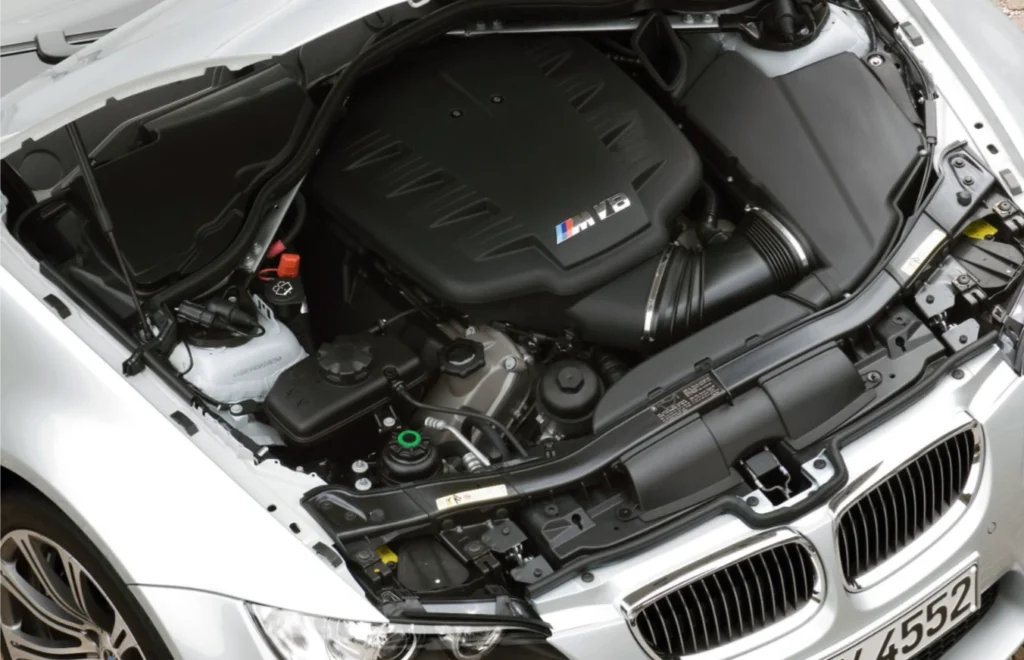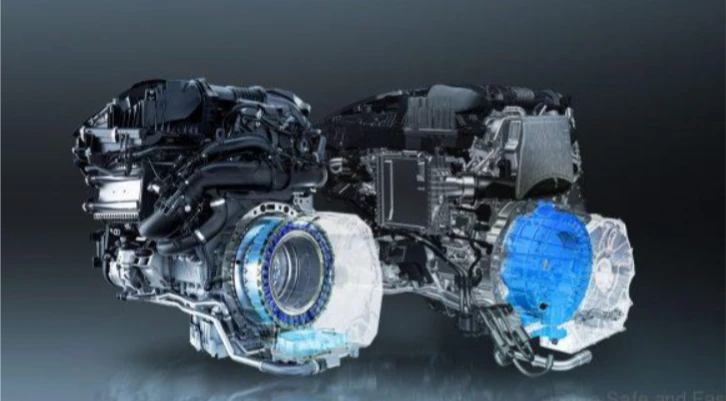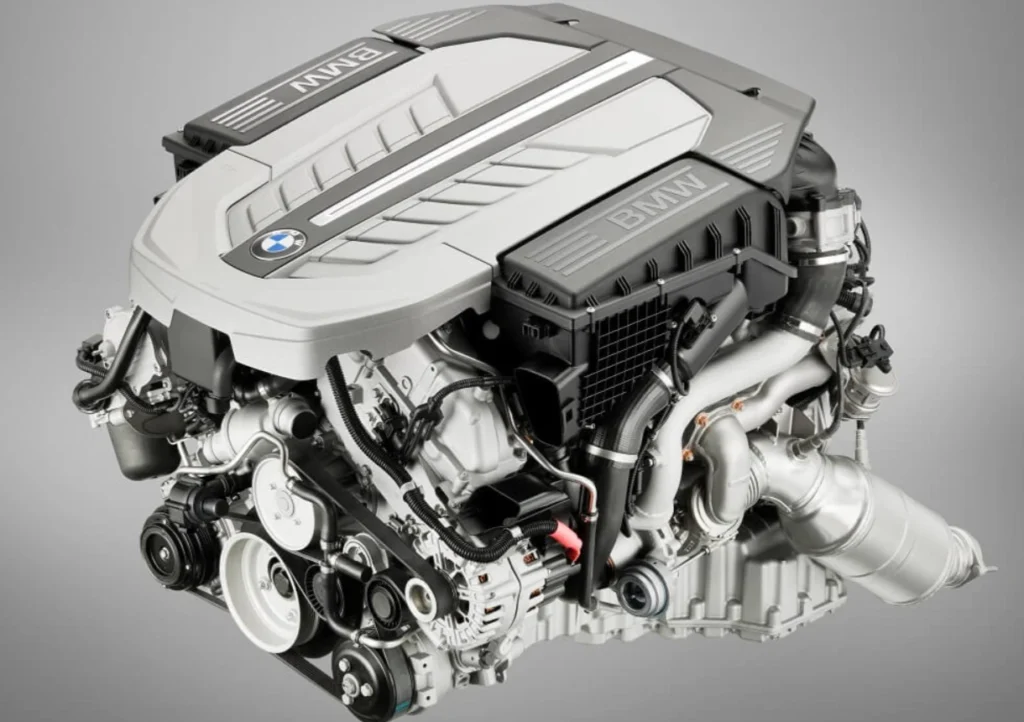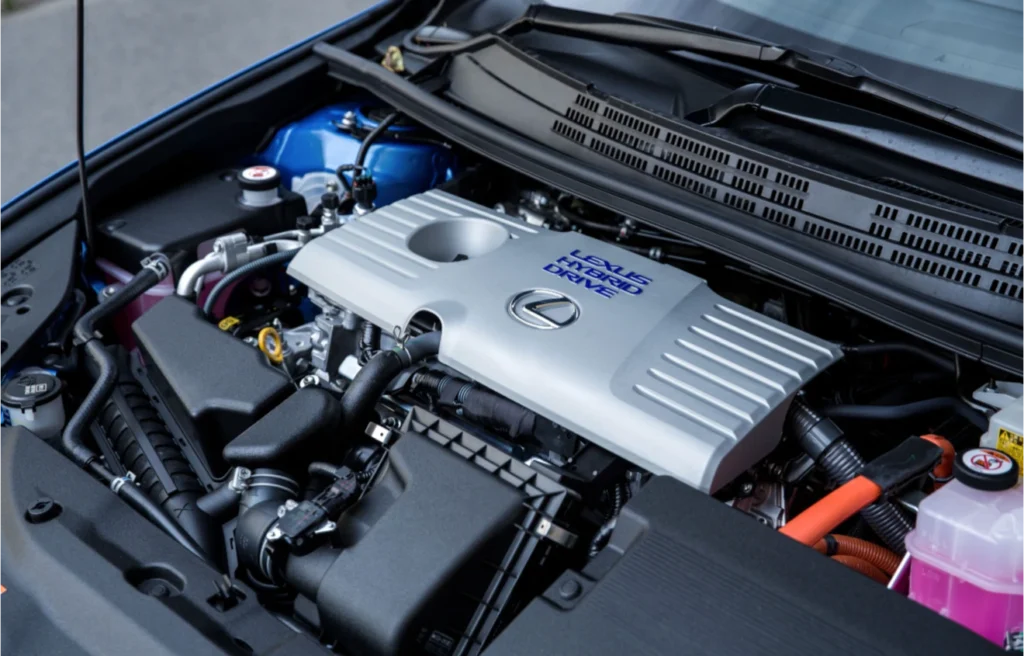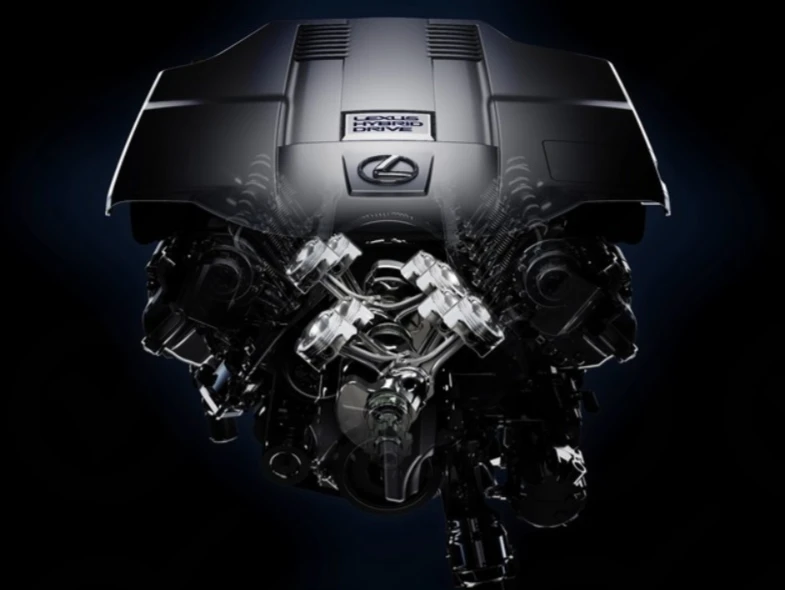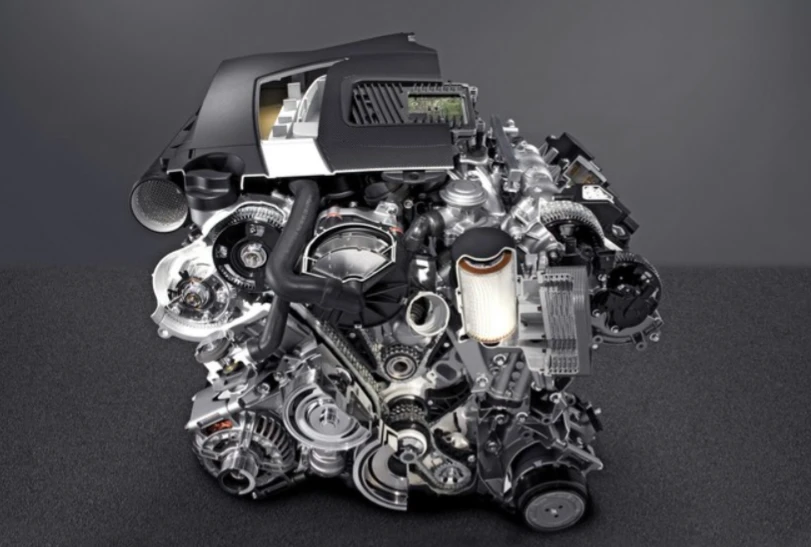The B16 engine is one of the most iconic and popular engines produced by Honda. It is a 1.6-liter, four-cylinder, dual overhead camshaft (DOHC) engine that features Honda’s revolutionary Variable Valve Timing and Lift Electronic Control (VTEC) system. The B16 engine was first introduced in 1989 and was used in various Honda models such as the Civic, CRX, Integra, and CR-V until 2001. The B16 engine is known for its high performance, reliability, fuel efficiency, and tunability.
What is VTEC?
VTEC stands for Variable Valve Timing and Lift Electronic Control. It is a system that allows the engine to adjust the timing and lift of the intake and exhaust valves depending on the engine speed and load. This way, the engine can optimize its performance and efficiency at different RPM ranges. VTEC also enables the engine to have two different cam profiles: one for low-RPM operation and one for high-RPM operation. The low-RPM cam profile provides smooth and responsive torque, while the high-RPM cam profile provides maximum power and acceleration. The switch between the two cam profiles is controlled by a solenoid valve that is activated by the engine control unit (ECU) at a certain RPM threshold. When the switch occurs, the engine produces a distinctive sound that is often associated with VTEC engines.
What are the different types of B16 engines?
The B16 engine has six different variants, each with its own specifications and applications. The following table summarizes the main differences between them:

| Variant | Displacement | Compression Ratio | Power Output | Torque Output | Redline | Application |
|---|---|---|---|---|---|---|
| B16A | 1,595 cc | 10.2:1 | 160 hp | 111 lb-ft | 8,200 RPM | 1989-1993 Integra XSi, 1989-1991 CRX SiR |
| B16A1 | 1,595 cc | 10.2:1 | 158 hp | 111 lb-ft | 8,000 RPM | 1990-1991 Civic SiR, 1992-1996 CRX del Sol VTi |
| B16A2 | 1,595 cc | 10.4:1 | 160 hp | 111 lb-ft | 8,000 RPM | 1996-2000 Civic Si, 1994-1997 del Sol VTEC |
| B16A3 | 1,595 cc | 10.4:1 | 160 hp | 111 lb-ft | 8,000 RPM | 1994-1997 del Sol VTEC (US only) |
| B16A4 | 1,595 cc | 10.4:1 | 158 hp | 109 lb-ft | 8,000 RPM | 1996-2000 Civic SiR (Europe only) |
| B16B | 1,595 cc | 10.8:1 | 185 hp | 118 lb-ft | 8,400 RPM | 1997-2000 Civic Type R |
How to tune a B16 engine?

The B16 engine is a popular choice for tuning enthusiasts, as it offers a lot of potential for performance upgrades. Some of the common modifications that can be done to a B16 engine are:
- Intake: Replacing the stock air intake system with a cold air intake or a short ram intake can improve the airflow and throttle response of the engine. A high-flow air filter can also help to reduce the restriction and increase the power output.
- Exhaust: Replacing the stock exhaust manifold, catalytic converter, and muffler with aftermarket parts can reduce the backpressure and increase the exhaust flow of the engine. A larger-diameter exhaust pipe can also help to improve the performance and sound of the engine.
- Headers: Replacing the stock exhaust headers with aftermarket ones can improve the scavenging and flow of the exhaust gases. A 4-2-1 header design can provide more torque at low to mid RPM, while a 4-1 header design can provide more power at high RPM.
- Cams: Replacing the stock camshafts with aftermarket ones can alter the valve timing and lift of the engine. A more aggressive cam profile can provide more power and RPM, but may sacrifice some low-end torque and drivability. A less aggressive cam profile can provide more torque and response, but may limit the high-end power and RPM.
- ECU: Replacing or reprogramming the stock ECU with an aftermarket one can optimize the fuel and ignition maps of the engine. A custom-tuned ECU can also accommodate the changes made by other modifications and provide the best performance and efficiency for the engine.
- Forced Induction: Adding a turbocharger or a supercharger to the B16 engine can significantly increase the power and torque output of the engine. However, this also requires additional modifications such as an intercooler, a blow-off valve, a wastegate, a fuel pump, a fuel regulator, larger injectors, and a stronger clutch. A forced induction setup also increases the stress and heat on the engine, so it is recommended to lower the compression ratio and use a thicker head gasket to prevent detonation and damage.

FAQ

- Q: What is the best oil for a B16 engine?
- A: The recommended oil for a B16 engine is 5W-30 synthetic oil. However, depending on the climate and driving conditions, a different viscosity may be more suitable. For example, a 10W-30 oil may be better for hotter climates, while a 0W-30 oil may be better for colder climates.
- Q: How much does a B16 engine weigh?
- A: The B16 engine weighs about 140 kg (308 lbs) without the transmission.
- Q: How much does a B16 engine cost?
- A: The cost of a B16 engine varies depending on the condition, mileage, and source of the engine. A used B16 engine can range from $500 to $2,000, while a new or rebuilt B16 engine can cost up to $4,000 or more.
- Q: How reliable is a B16 engine?
- A: The B16 engine is generally very reliable, as long as it is properly maintained and not abused. The B16 engine can last up to 300,000 miles or more with regular oil changes and tune-ups. However, some common problems that may occur with a B16 engine are:
- Oil leaks: The B16 engine may develop oil leaks from the valve cover gasket, the cam seal, the distributor seal, or the oil pan gasket. These leaks can be fixed by replacing the gaskets and seals with new ones.
- VTEC solenoid: The VTEC solenoid is responsible for switching the cam profiles of the engine. If the solenoid fails or gets clogged, the VTEC system may not function properly and cause a loss of power or a check engine light. The solenoid can be cleaned or replaced to fix the problem.
- Timing belt: The B16 engine uses a timing belt to synchronize the rotation of the camshafts and the crankshaft. The timing belt should be replaced every 60,000 miles or 5 years, whichever comes first. If the timing belt breaks or slips, the engine may suffer severe damage due to the interference design of the engine. The timing belt can be replaced by following the service manual instructions and using the proper tools and marks.





